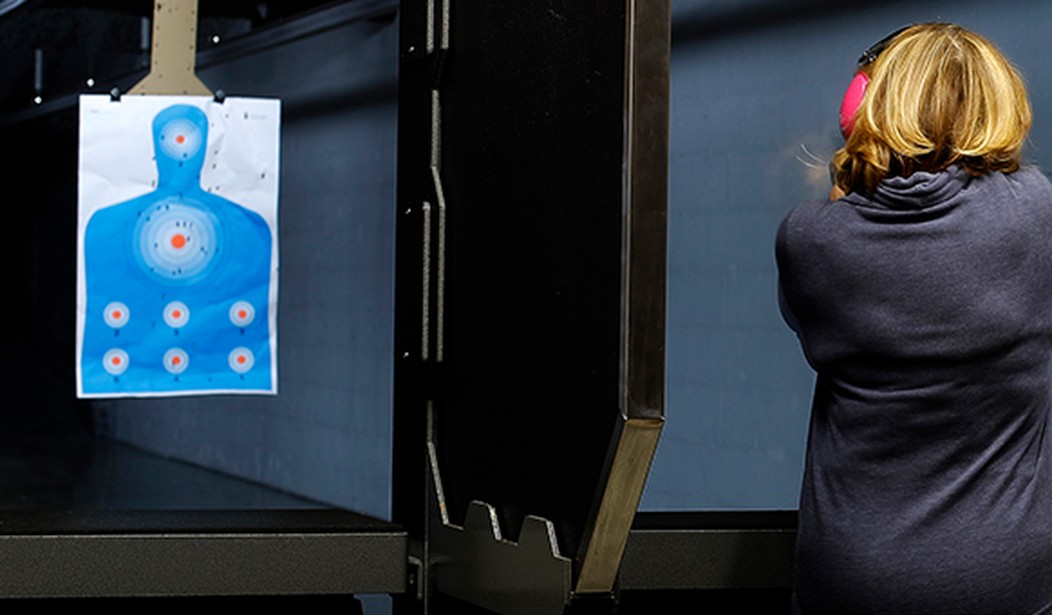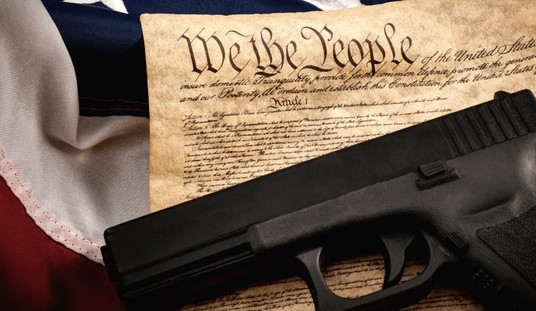Once upon a time, you could buy a machinegun through the mail and have it delivered straight to your home. While the weapons were used in crime from time to time, particularly in large cities like Chicago (why does that sound familiar?), plenty more were just kept at home for recreational purposes.
Now, the only way some of us will ever get to shoot full-auto is at a rental range.
Yet an op-ed at The New Republic wants to suggest a “what if” where that’s the future of everything from an AR-15 to an SKS.
Could shooting ranges be the future of Bushmasters, of SKS rifles and AR-15s and AR-10s? It seems the thought experiment we need in Second Amendment debates, where pro-gun advocates warn that federal ownership registries and licensing are the sine qua non of government tyranny. Yet the United States has successfully depleted the supply of machine guns, as well as the ease and attractiveness of their use by criminals, with exactly these measures: a gun database and a thoroughgoing application process. (That said, the left should be as wary as libertarians—perhaps more so these days—of the potential risks that gun registries run as a tool of discrimination and harassment; one need not sympathize, as some on the gun right do, with David Koresh and the Branch Davidians to acknowledge that the ATF has abused its oversight powers before.)
But compared to regulating the types of semiauto rifles that have grown popular in mass shootings, the machine-gun regulatory blueprint also seems quaint today. As gun proponents never tire of pointing out, it’s much easier to define a class of “machine guns” than it is to define “assault weapons.” One formidable argument for the ineffectiveness of the Clinton era’s ban on assault weapons was that it defined those guns largely by cosmetic modifications or accessorizing—pistol grips, folding stocks, bayonet lugs—so that near-identical guns, with identical ammunition and mechanical capabilities, were exempt from the ban. Even “machine guns” get redefined as arms technology and tastes evolve. The bumpfire episode shows that before the Las Vegas shooting and the eventual ban of these accessories, the ATF was issuing insurance letters to bumpstock-makers that guaranteed their products were legal “firearm parts” and didn’t qualify as NFA weapons.
A more significant challenge to restricting semiautomatic weapons is that there are simply too many AR- and AK-style firearms in the United States, with ever more being brought to market—far more such weapons than there ever were machine guns in the country. When machine guns were banned, revulsion against them and the violence they wrought was already a consensus social norm. Because of their cost and the carnage they sowed, they were seen almost exclusively as the province of armies and gangsters. They never became, as the AR-15 has become, an instrument of sport or a revered totem of freedom and self-reliance.
In any case, the thought experiment may actually need to run in reverse: We may need to consider what America would look like if machine guns weremorereadily available. The explosion in popularity—and the cultural significance—of AR-15s as a civic talisman is also a symptom of a more malignant pro-gun segment of the conservative movement. Ever since the election of Barack Obama fueled appetites for anti-government conspiracy theories, this new breed of gun fundamentalist has eagerly embraced a belief in “constitutional carry,” an innovative dogma that insists citizens have a Second Amendment right to carry any weaponry anywhere, without training or licensing. Unsurprisingly, in this atmosphere, machine guns—preferred by gangsters, effectively banned by a stroke of Ronald Reagan’s pen, and consistently considered taboo by most Americans—now have more advocates than ever.
In other words, while the author’s sympathies for gun control seem obvious–earlier in the piece, he holds up the lack of machineguns used in crime as somehow proof that gun control can actually work–even he is forced to acknowledge the troubles of trying to pass such a law for so-called “assault weapons.”
Nevermind that such a ban would likely never hold up to the Heller Test in the first place. The most popular firearms in America are so-called assault weapons. That makes them anything but unusual, thus making them protected by that particular test.
Not that anti-gunners will ever acknowledge that.
The New Republic, however, made a mistake in trying to play their little “what if” game. They failed to acknowledge that any attempt to relegate semi-automatic rifles to specially-licensed ranges would also trigger the old Boogaloo. We on this side of the debate don’t like to play the whole “if you can touch a gun, they’re not really banned” game. Try it and there will be blood.
Think about that when you conduct your little thought experiments.








Join the conversation as a VIP Member